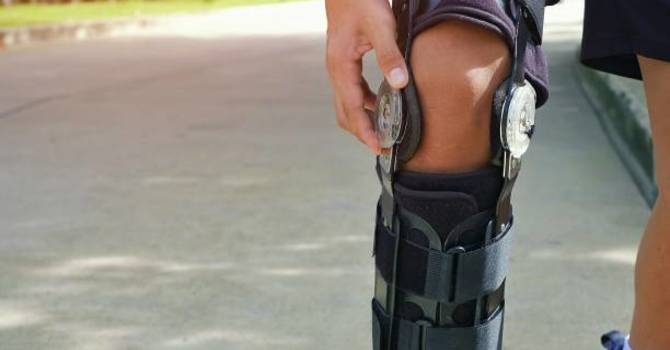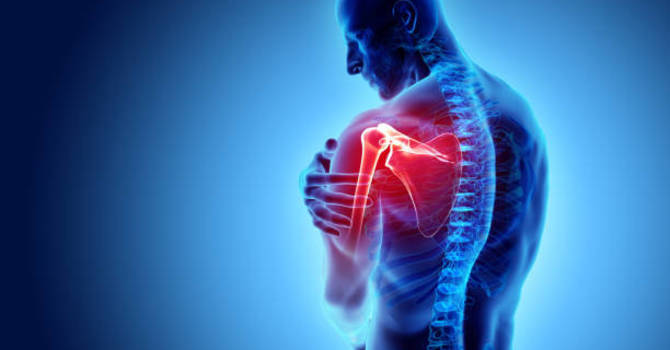
Migraines can be debilitating, affecting your ability to enjoy daily activities and leading to a significant reduction in quality of life. If you’ve been struggling with migraines and are exploring different treatment options, you might have come across craniosacral therapy (CST). But how exactly does CST relate to migraines, and can it provide the relief you’re seeking? Let’s dive into how craniosacral therapy works and how it might help with managing and alleviating migraine symptoms.
What is Craniosacral Therapy?
The Basics of CST
Craniosacral therapy (CST) is a gentle, hands-on therapy that focuses on the craniosacral system—comprising the membranes and cerebrospinal fluid surrounding the brain and spinal cord. Developed in the early 20th century by Dr. William Sutherland, CST aims to improve the flow of cerebrospinal fluid, reduce tension, and support the body’s natural healing processes. Practitioners use light touch to assess and release restrictions in the craniosacral system.
How CST Works
During a CST session, the therapist uses their hands to lightly touch different areas of your body, often concentrating on the head, neck, and spine. They look for areas of tension or restriction and gently work to release these blockages. The therapy is designed to be relaxing and non-invasive, with the goal of restoring balance and promoting overall health.
How CST May Help with Migraines
Addressing Tension and Stress with CST
Migraines are often associated with tension and stress, which can exacerbate the severity and frequency of attacks. CST can help by addressing these underlying factors. The therapy promotes deep relaxation, which can help reduce physical tension in the muscles of the head, neck, and shoulders. By alleviating this tension, CST may reduce the intensity of migraines and potentially decrease their occurrence.
Enhancing Cerebrospinal Fluid Flow with CST
The flow of cerebrospinal fluid (CSF) is a key focus of CST. Disruptions or restrictions in this fluid’s flow can contribute to various neurological issues, including migraines. CST aims to improve the circulation of CSF, which may help in reducing the frequency and severity of migraines by ensuring that the central nervous system remains well-supported and balanced.
Releasing Cranial Restrictions with CST
Migraines can sometimes be linked to restrictions or misalignments in the cranial bones. CST works to gently release these restrictions, which may help alleviate pressure and discomfort. By addressing potential cranial misalignments, CST might provide relief from migraine symptoms and contribute to a more balanced cranial environment.
What to Expect During a CST Session for Migraines
Initial Assessment
At the beginning of a CST session, the therapist will typically perform an initial assessment. This involves gently palpating different areas of your body to identify any areas of tension or restriction. They will ask questions about your migraine history, symptoms, and any other relevant health information to tailor the session to your needs.
During the Session
During the session, you will lie down fully clothed while the therapist uses light touch to work on your head, neck, and spine. The touch is gentle and non-invasive, and many people find it deeply relaxing. The therapist will focus on areas where they detect restrictions or tension, working to release these areas and improve overall fluid flow.
Post-Session Experience
After a CST session, you might feel a sense of relaxation and lightness. Some people report an immediate reduction in migraine symptoms, while others may notice gradual improvements over several sessions. It’s important to stay hydrated and pay attention to how your body responds after each session.
Complementary Approaches to Migraines
Integrating CST with Other Treatments
CST can be a valuable complement to other migraine treatments. It can be used alongside traditional medical treatments, such as medications and lifestyle changes, as well as other complementary therapies like acupuncture or massage. Combining different approaches may provide a more comprehensive strategy for managing migraines.
Lifestyle and Self-Care with CST
In addition to CST, incorporating lifestyle changes and self-care practices can also help manage migraines. This may include maintaining a consistent sleep schedule, managing stress through techniques like mindfulness or yoga, and avoiding known migraine triggers.
When to Seek Professional Advice
Consult with Your Healthcare Provider
Before starting CST or any new therapy, it’s essential to consult with your healthcare provider. They can help determine if CST is a suitable option for you and ensure that it complements your current treatment plan. Your provider can also help identify any underlying issues that may need to be addressed in conjunction with CST.
Finding a Qualified Practitioner
If you decide to try CST, make sure to choose a qualified practitioner. Look for someone with proper certification and experience in treating conditions similar to yours. A skilled therapist will be able to tailor the therapy to your specific needs and provide the best possible care.
Conclusion
Craniosacral therapy offers a gentle, non-invasive approach that may help with managing migraines. By addressing tension, improving cerebrospinal fluid flow, and releasing cranial restrictions, CST has the potential to provide relief from migraine symptoms and contribute to overall well-being. While it may not be a cure-all, it can be a valuable tool in a comprehensive migraine management plan. If you’re struggling with migraines, consider exploring CST as part of your journey to finding relief and improving your quality of life.
Dr. Jace Sandell
Contact Me


